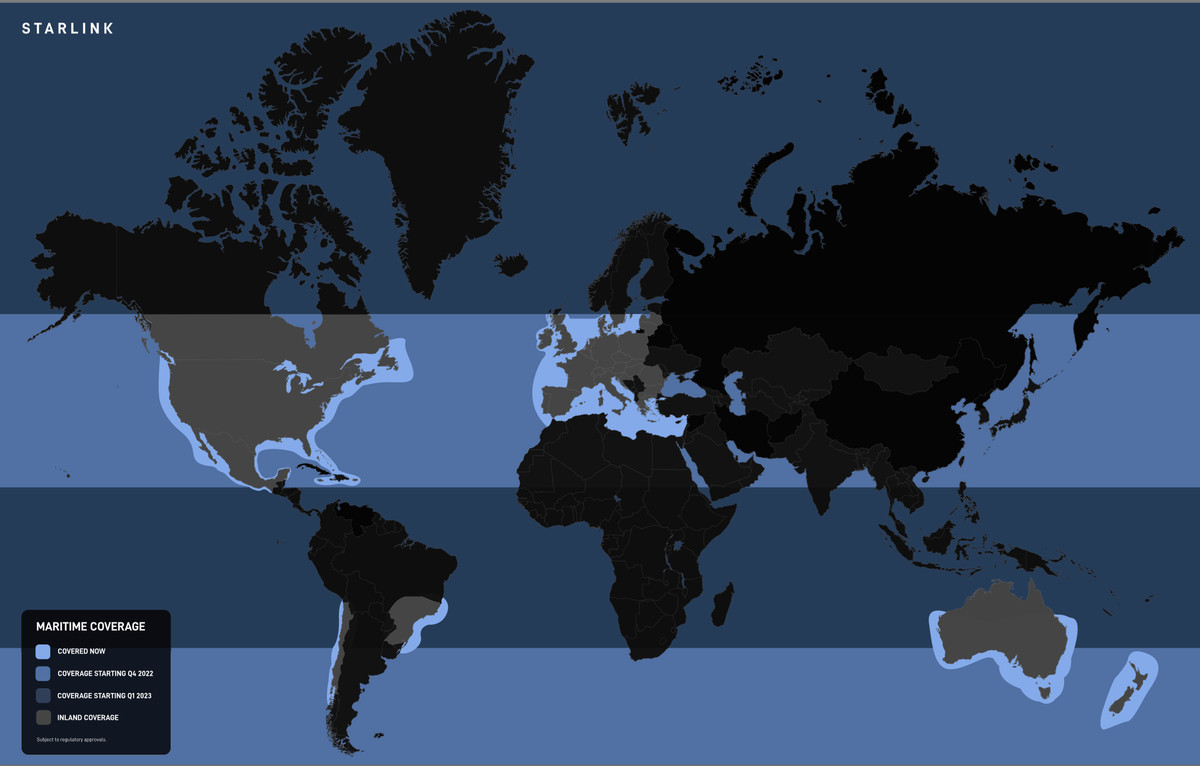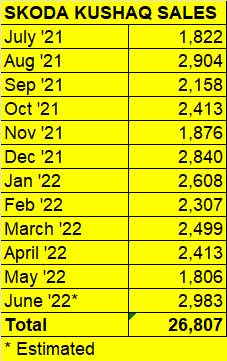The Federal Communications Commission (FCC) is taking new steps to try and stop annoying auto warranty spam calls. If you feel like you get a lot of them, you’re not alone: the FCC thinks that more than 8 billion of those spam calls, which the agency says could be illegal, have been generated by just… Continue reading The FCC is trying to stop annoying auto warranty spam calls
Tag: Recalls
Tesla accident kills person | NHTSA conducts investigation
Another fatal Tesla accident occurred in the United States and is being investigated by the US agency NHTSA. the National Highway Traffic Safety Administration (NHTSA) has launched an investigation into the fatal accident involving a Tesla, reports Techcrunch. Other accidents related to Tesla’s Autopilot examined this authority. This is a collision between a person who… Continue reading Tesla accident kills person | NHTSA conducts investigation
The 50 fastest cars around Autocar’s test track
What’s doubly impressive is that Nissan didn’t bring a team to get the best out of the GT-R’s tyres or brakes, even though its weight puts extreme strain on them. It was driven to a time it could maintain. I recall how it wanted to put its power down, but it’s the heat coming from… Continue reading The 50 fastest cars around Autocar’s test track
GreenPower Acquires Lion Truck Body Adding Capacity For EV Truck Bodies and Reducing Delivery Times
LOS ANGELES, July 8, 2022 /PRNewswire/ — GreenPower Motor Company Inc. (NASDAQ: GP) (TSXV: GPV) (“GreenPower”), a leading manufacturer and distributor of zero-emission, electric-powered, medium and heavy-duty vehicles, today announces the acquisition of Lion Truck Body. Leveraging upon Lion Truck Body’s years of expertise, the deal will provide robust potential for GreenPower’s EV Star truck customers. Headquartered… Continue reading GreenPower Acquires Lion Truck Body Adding Capacity For EV Truck Bodies and Reducing Delivery Times
Starlink’s Dishy McFlatface internet now available for Boaty McBoatfaces — just $5,000 per month
Starlink’s internet-from-space service continues expanding to new use cases with the launch of Starlink Maritime. What started in the home before expanding to stationary RVs is now available for boats on the move, at a cost of $5,000 a month. SpaceX is targeting merchant vessels, oil rigs, and wealthy owners of superyachts with the service.… Continue reading Starlink’s Dishy McFlatface internet now available for Boaty McBoatfaces — just $5,000 per month
Skoda Kushaq sells over 26,500 units in first year
The Skoda Kushaq launched on June 28, 2021 has completed a year of retail sales in the Indian market. Importantly, the SUV has made a mark in the hotly contested SUV segment with sales of over 26,000 units. As per Autocar Professional’s passenger vehicle sales analytics, the Kushaq has sold a total of 26,807 units… Continue reading Skoda Kushaq sells over 26,500 units in first year
Clean Technica: Germany Plugin EV Share Grows, Fiat 500e Bestseller, Grimm Warnings002097
Europe’s largest auto market, Germany, saw plugin electric vehicles take 26.0% market share in June, up from 23.6% YoY. Overall auto volumes were down 18% YoY, to 224,558 units, the lowest June in 25 years (except 2020). The Fiat 500e was Germany’s best selling full electric in June. June’s combined plugin share of 26.0% comprised… Continue reading Clean Technica: Germany Plugin EV Share Grows, Fiat 500e Bestseller, Grimm Warnings002097
Elon Musk Rivals Snatch Up Laid-off Tesla Employees
“If the Emperor of Mars doesn’t want you…” Gold Rush One billionaire’s “super bad feeling” about the global economy is another billionaire’s hiring spree. In the wake of Tesla’s latest round of widespread layoffs, several big tech companies — including both Microsoft and Amazon, led respectively by vocal Tesla CEO Elon Musk nemeses Bill Gates… Continue reading Elon Musk Rivals Snatch Up Laid-off Tesla Employees
Another fatal Tesla crash is being investigated by US safety regulators
The National Highway Traffic Safety Administration has opened an investigation into a fatal crash involving a Tesla, according to documents viewed by TechCrunch. The investigation, which was opened in July, is the latest in a long string of inquiries by NHTSA’s Special Investigations program into crashes involving Tesla vehicles. This fatal crash, in which a… Continue reading Another fatal Tesla crash is being investigated by US safety regulators
Two new fatal Tesla crashes are being examined by US investigators
Two fatal Tesla crashes are being examined by investigators at the National Highway Traffic Safety Administration. Reuters reported that NHTSA opened a special investigation into a recent fatal crash in California, in which a Tesla driver killed a pedestrian. And an agency spokesperson confirmed to The Verge that a crash that took place on July… Continue reading Two new fatal Tesla crashes are being examined by US investigators

